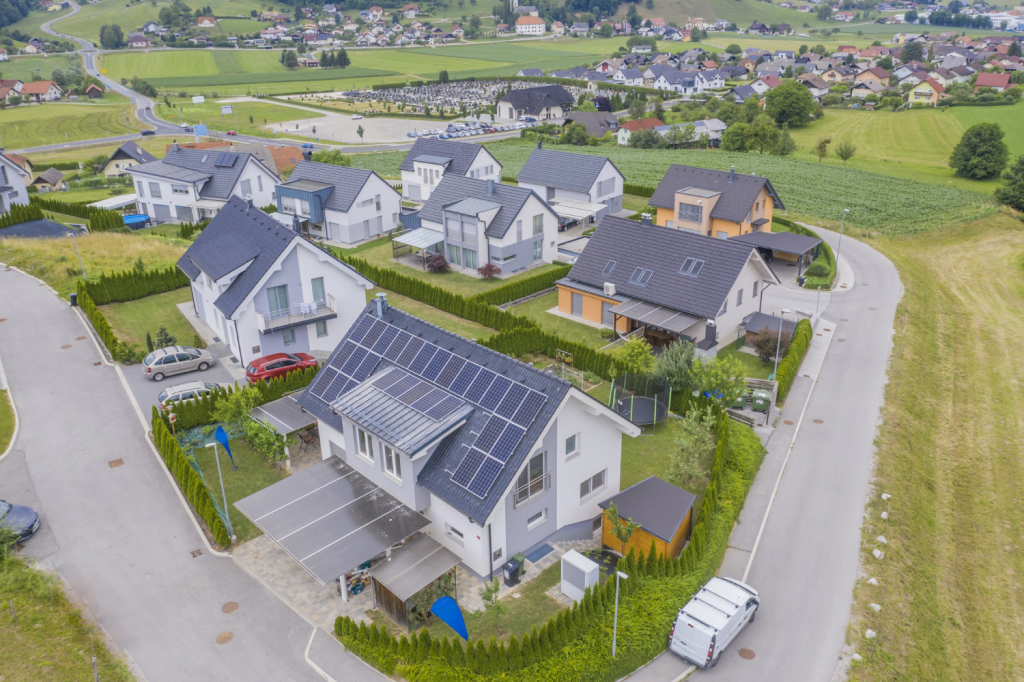Indianapolis, also known as Indy, is a thriving city that seamlessly blends history, culture, and modern amenities. It lies in the heart of the Midwestern region of the United States.
It is a strategic destination if you are trying to find a permanent home location without breaking the bank.
However, as you decide to reside here, it is crucial to understand the various expenses associated with living in Indianapolis.
If you’re considering a move to this thriving city or simply curious about Indianapolis’ cost of living, you’ve come to the right place!
In this article, we will guide you in a walkthrough to uncover the actual financial landscape of Indianapolis.
We’ll break down the factors from housing and transportation to everyday expenses to help you decide if you can make a living in this dynamic Midwestern metropolis.
Join us as we explore the elements of Indianapolis’ cost of living, providing you with valuable insights and practical knowledge along the way!
What is the Cost of Living?

Image by katemangostar on Freepik
The cost of living is simply how much someone needs to cover basic expenses in a particular location and period. It includes housing, food, transportation, and healthcare expenses.
Knowing the cost-of-living index, especially of the area you plan to move into, is helpful to help you determine if the relocation would benefit you and your family.
Breaking Down of Cost of Living In Indianapolis

Image by frimufilms on Freepik
Indianapolis’ cost of living is 1% higher than the state average (Indiana) and 6% lower than the national average.
The overall cost of living index in Indianapolis is 84.9, while the state of Indiana has an index of 83.7. Note that the cost of living indices is based on a US average of 100.
If the amount falls below 100, the city is more inexpensive than the US average. However, if it is above 100, it means the city is more expensive to live in.
The cost of living in any location greatly depends on your location and lifestyle.
But for a comprehensive overview of how much it will cost to live in Indianapolis, you will likely need to have $1,979 on average.
If you are single, expect living expenses of at least $1,436 or more. Couples or those with kids need at least $3,136 a month to meet the cost of living in the city and enjoy a comfortable life.
Let’s break down the several factors contributing to living costs in Indianapolis:
Housing Costs in Indianapolis
Indianapolis boasts a housing market that is notably more affordable than other large cities.
It is also easy to find an inexpensive place due to the abundance of various housing options ranging from single-family homes to luxurious apartments.
The housing cost index in Indianapolis is 62.7, just roughly 1% lower than in Indiana, with an index score of 63.8. The average housing value in the city is $223,236.
Meanwhile, rental prices are lower in Indianapolis compared to other major cities.
The average rental fee in the city is about $1,155, while the median rent is $1,145 allowing residents to allocate more of their budget toward other essential expenses.
Utilities, Food, and Education Expenses in Indianapolis

Image by user18526052 on Freepik
Utilities and other factors that affect the cost of living expenses in Indianapolis remain relatively affordable.
Compared to the utility index score for Indiana, which falls at 97.2, Indianapolis is 7% lower with an index score of 90.2 and is 10% lower than the national average.
So, you will likely pay around $190.44 monthly for electricity, $2 for water, $204.87 for phone, and $60 for internet dues.
Besides utility costs, you should also consider food and education costs, especially if you have children.
The food cost index in Indianapolis is 93.6, just 1% higher than the rest of Indiana.
In terms of grocery shopping, Indianapolis has a variety of supermarkets, grocery stores, and specialty food markets to choose from.
The table below shows a rundown of the average costs of essential grocery items in Indianapolis:
| Grocery Item | Average Cost |
|---|---|
| Loaf of Bread | $3.75 |
| Gallon of Milk | $2.35 |
| Carton of Eggs | $2.17 |
| Meat | $5 to $12, or more |
| Fruits and Vegetables | $1 to $6 |
If you have kids going to school, education expenses are one factor contributing to your overall living costs in Indianapolis.
Kids’ school expenses, from daycare to grade 10, usually range from $400 to $21,000 and up.
Transportation Costs in Indianapolis
When it comes to transportation, Indianapolis has an index score of 90.8. It is roughly 5% higher than the overall index score for Indiana, which is 85.4.
However, it is 10% lower than the national average of 100. Indianapolis offers an efficient transportation system accommodating car owners and public transit users.
Owning a vehicle in the city is more affordable than in many other urban areas, with reasonable gasoline prices, which cost around $3.65 per gallon.
For those who prefer public transportation, several modes of transport are available.
You can take a cab, which would cost approximately $3 to $5. You can also travel by train like Amtrak or bus like IndyGo, usually costing around $2 to $4 per trip.
Healthcare Costs in Indianapolis
Access to quality healthcare is crucial, and Indianapolis is no exception.
Healthcare costs in the city are slightly higher than the state and national average. Indianapolis has an index score of 100.3 compared to 94.4 in Indiana.
A doctor’s visit in the city will cost around $110.05, while a dentist’s visit can cost around $94.95.
On the other hand, an optometrist’s visit will cost about $103.66, and a veterinary visit will be approximately $56.93.
While healthcare costs can vary based on individual circumstances, the city offers a range of healthcare providers and insurance options to suit different needs and budgets.

Conclusion
Indianapolis offers a favorable cost of living compared to other cities in the United States.
If moving to the city is one of your plans, it is crucial to know the factors contributing to Indianapolis’s cost of living to create a budget according to your financial situation.
While costs can vary based on individual circumstances and lifestyle choices, the overall expenses in Indianapolis remain reasonable, from housing costs, rental prices, utilities, and healthcare, to groceries and transportation.
Overall with the fantastic amenities and affordable cost of living, residents of Indianapolis enjoy a comfortable and fulfilling lifestyle in this dynamic city!
If you want to explore more about Indianapolis or have questions about its cost of living or real estate opportunities, please do not hesitate to contact us or book an appointment.
Discover a new standard of real estate excellence in Indianapolis, Indiana! Experience the power of trust as I navigate the market to secure the perfect deal for you and your family.
Get ahead in the Indianapolis real estate scene by connecting with me today. You can call (317) 909-3111 or email me at crissiandco@gmail.com.
Let’s maximize your real estate opportunities and create a future you’ll love. Join our social media community to stay informed about the latest trends in Indianapolis!
Frequently Asked Questions
How much does it cost to live comfortably in Indianapolis?
The amount of money to live comfortably in Indianapolis will depend on your circumstances and lifestyle.
Still, the average estimate to enjoy comfortable living in Indianapolis would be around $30,000 to $50,000 per year for a single person and slightly higher for couples or families with kids.
What is a good salary in Indianapolis?
A salary of around $40,000 to $70,000 annually is often considered a solid income for a comfortable lifestyle in Indianapolis.
Is Indianapolis an affordable place to live?
Yes, Indianapolis is generally an affordable place to live.
The living costs in Indianapolis are generally lower than the national average. Housing is quite affordable, and utilities and everyday expenses are reasonably priced.
Is Indianapolis a good place to live?
Yes, Indianapolis is an excellent place to live. Locals love its thriving job market and affordable cost of living.
Moreover, the city offers various amenities, including parks, sports events, museums, and a diverse dining scene, making it desirable to call home and raise a family!







